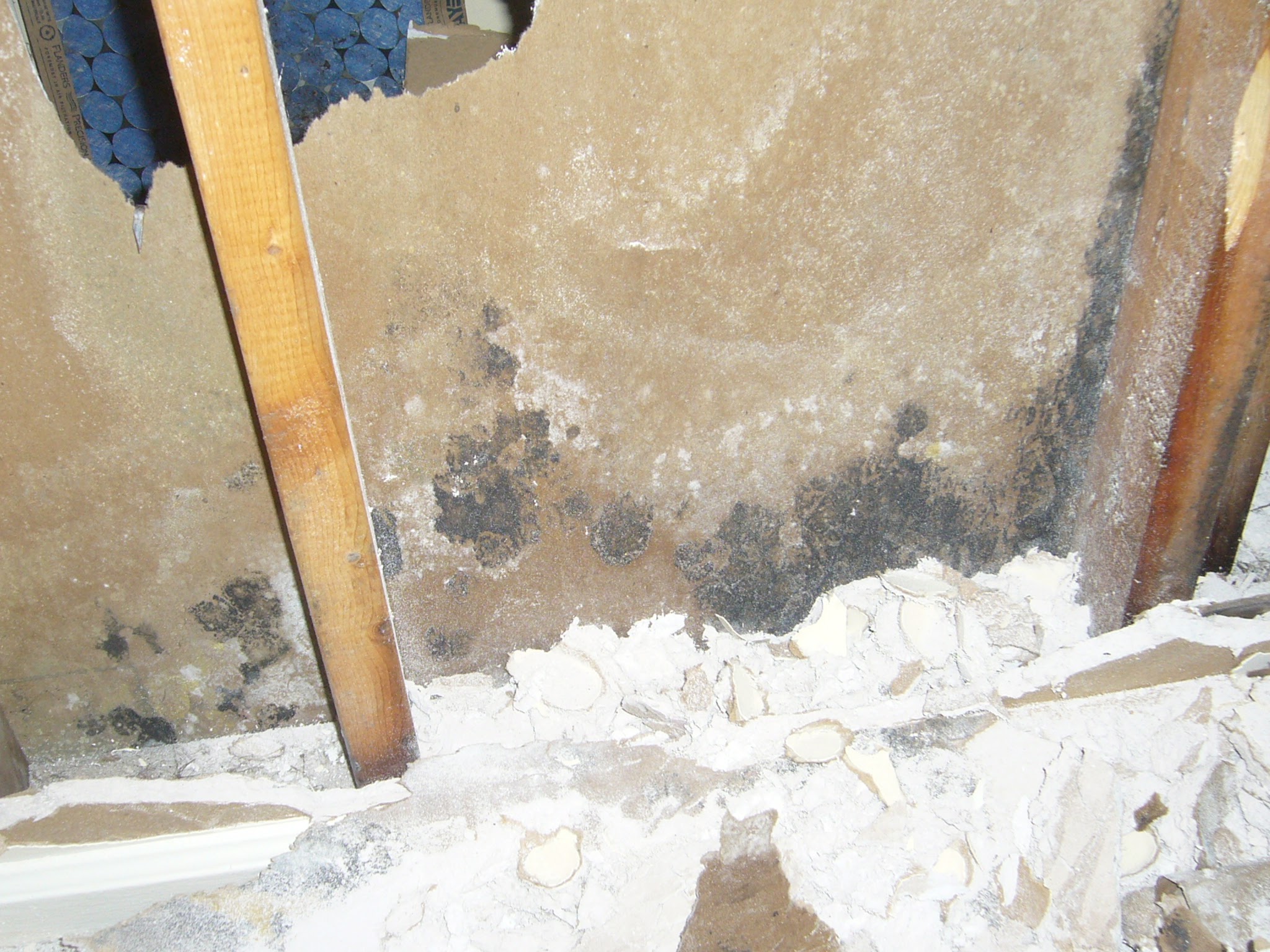Just how do you really feel about Looking for Signs of Water Damage in the Bathroom?

The shower room is exceptionally at risk for wet buildup and also possible water damages due to the frequent use of water in it. This article offers easy evaluation methods to assist discovering water damage risks.
The regular use of water in the restroom makes it incredibly susceptible for damp build-up and potential water damage. By inspecting it regularly, you can reduce water related problems.
The adhering to collection of assessments is simple to do as well as ought to be done once in every three months in order to maintain your washroom healthy as well as to prevent potential water damages brought on by the bath tub, the shower, pipeline joints as well as plumbing, sinks, cabinets, and the commode
Do not disregard doing these evaluations and be thorough while doing them. Keep in mind that these simple examinations can conserve you a lot of cash by giving early indications for water damages
Sinks and also Cabinets
Sinks as well as cabinets are revealed to wetness and moisture daily and also are typically overlooked. Check routinely under the sink and also on the countertop over it. Repair any kind of drip in the trap as it might suggest drainpipe troubles. Take a look around the sink, slow-moving draining pipes might indicate an obstructed drain. Change sink seals if they are cracked or loosened.
Bathtub as well as Shower
The shower and also tub call for special focus and upkeep. Check the ceramic tiles and also replace if fractured. Ensure that there is no missing out on grout between the floor tiles. Examine and also replace broken caulking at joints where the wall surfaces meet the flooring or the bath tub. Blocked drains pipes and pipes troubles will avoid the bath tub from drying as well as might indicate major troubles beneath the tub. Seek advice from a professional right away to stop structural damage. Take notice of stainings or soft areas around the tub wall surfaces as they might indicate an internal leakage.
Plumbing
Signs for water damages are tough to spot considering that the majority of pipes are installed inside the wall surfaces.
Pay unique focus to flooring and walls dampness and also stains as they may suggest an undetectable plumbing trouble. Examine moisture levels in adjoining spaces too.
The Commode
The toilet is a susceptible water junction. Inspect the water lines as well as look for leakages around the commode seat, in the tube, and also under the water tank. If you spot any type of indications of wetness on the flooring around the commode, look for leakages in the toilet edge and also container seals.
Be aware that hanging toilet bowl deodorants increases the chances for clogs.
Water Damage Signs In The Bathroom To Avoid Cleanup
Musty smell
This is one of the easiest signs to catch because musty smells are so odorous. The damp, earthy, moldy smell should be a big red flag. The smell will develop when moisture gets trapped in surfaces, and begins to facilitate mold growth. Leaking pipes under cabinets, inside walls, and behind shower fixtures will cause moisture to stay trapped and not dry, which will lead to mold growth and spread. As soon as you notice any musty smells in your bathroom, have it checked for hidden water damage and cleanup signs.
Visible mold
If the smell isn’t there to give it away, sometimes you will actually see mold growth. Finding mold in your bathroom is a serious problem, because mold is very harmful to your health. By the time mold growth is visible, it also means that water damage has already occurred and been present for some time. The only way the mold problem can be resolved is to find the source of the moisture and get it stopped. To safely and adequately remove mold, you need to have professionals handle the remediation. Do not waste any time in getting mold problems addressed, fixed, and sanitized so that you can protect you and your family from the many respiratory symptoms caused by mold exposure.
Damaged floors
Bathroom floors should be able to withstand some exposure to water while still remaining in good condition. However, when excess exposure or water leaks occur, they will begin to damage even the most water-resistant flooring. If you notice any cracking, bubbling, staining, or warping on your bathroom floors, there is probably a water leak somewhere causing the distortion. If you notice areas of the floor have become softer, or even have a spongy feeling, there is probably damage to the subfloor. Subflooring is typically made up of plywood. When plywood is exposed to water or moisture, it will absorb it. Once it has become saturated, the weight of the excess water will cause the wood to swell and soften. Check the floors in your bathroom frequently to catch any of these sings before they lead to damaged subflooring.
Changes on walls
When water leaks behind walls, it will cause changes in the drywall. Peeling plaster, blistering paint, and soggy wallpaper are all good indicators that excess water is building up behind the wall. Water leaking behind drywall will cause it to swell and be soft to the tough. If you start to notice gaps along the trim of your walls, or where tile meets the wall, it could also be a strong indicator that there is a leak behind the wall. Any changes, distortion, or damage on the walls should be evaluated as soon as you notice it to prevent further water damage and cleanup.

Hopefully you enjoyed our post about Preventing Water Damage in the Bathroom. Thanks for spending some time to read through our blog. Sharing is good. Who knows, you may just be helping someone out. We treasure reading our article about How to Fix a Water Damage Bathroom.
View More
Comments on “How to Stop Bathroom Water Damage”